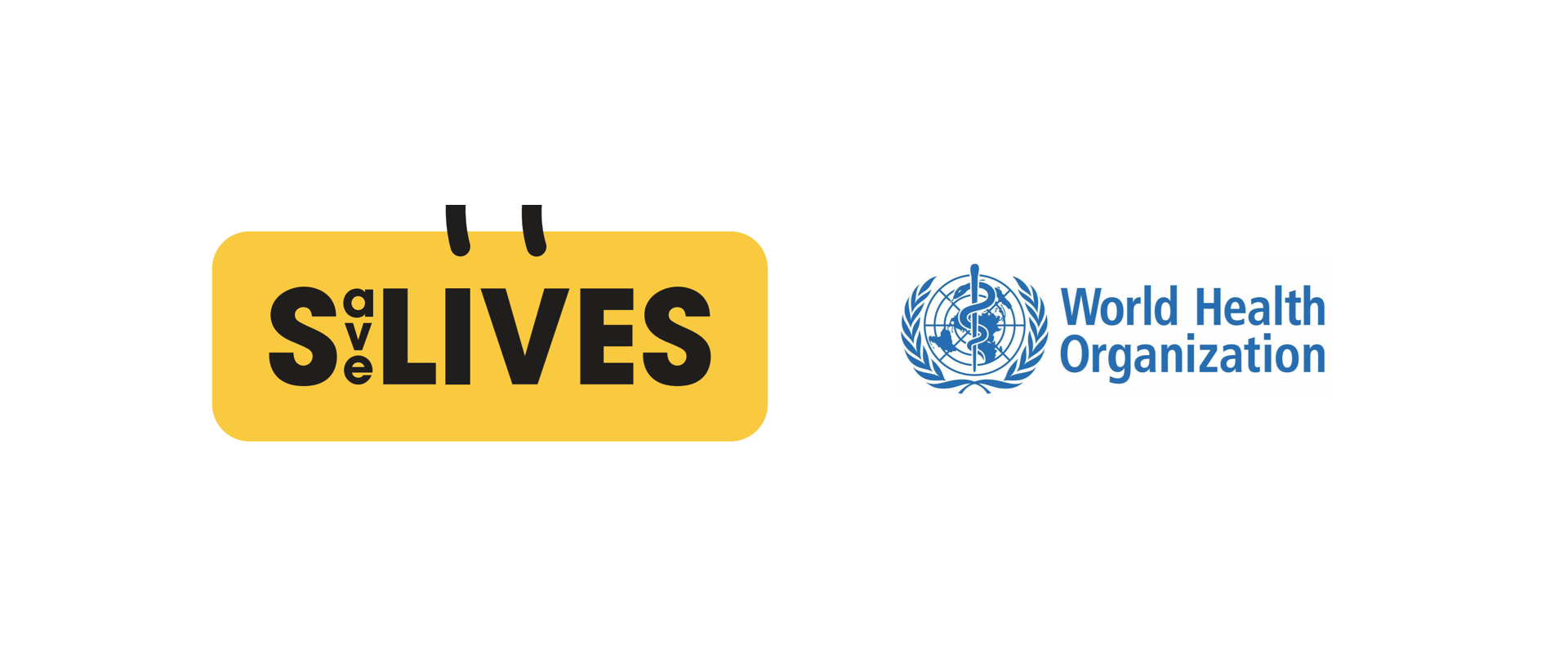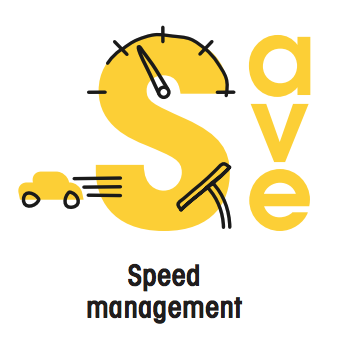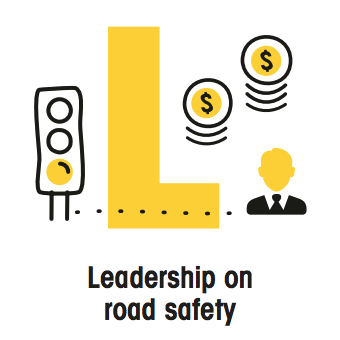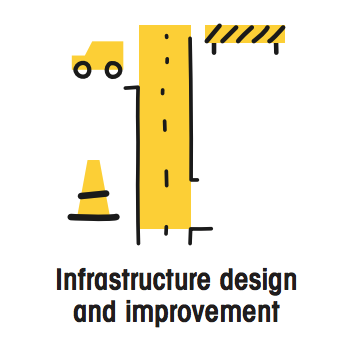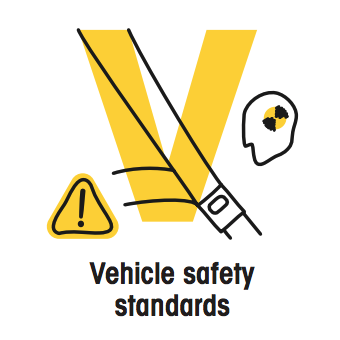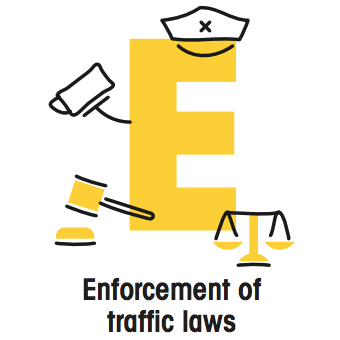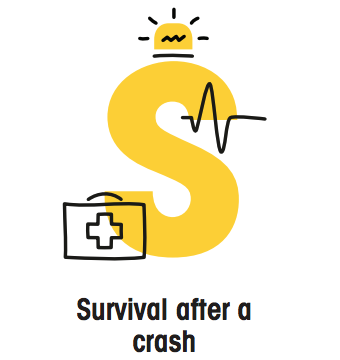
5th UN Global Road Safety Week
6-12 May 2019
 |  |  |
2019: Save Lives - #SpeakUp
Requested by the United Nations General Assembly, the Fifth United Nations Global Road Safety Week was held from 6-12 May 2019. This Week focused on leadership for road safety. It is widely acknowledged that stronger leadership for road safety is needed to achieve the Global Goals. Therefore it launched action through the campaign: Save Lives - #SpeakUp.
The #SpeakUp campaign provided an opportunity for civil society to generate demands for strong leadership for road safety, especially around concrete, evidence-based interventions which will save lives. It also inspired leaders to take action by showcasing strong leadership for road safety within governments, international agencies, NGOs, foundations, schools and universities and private companies.

